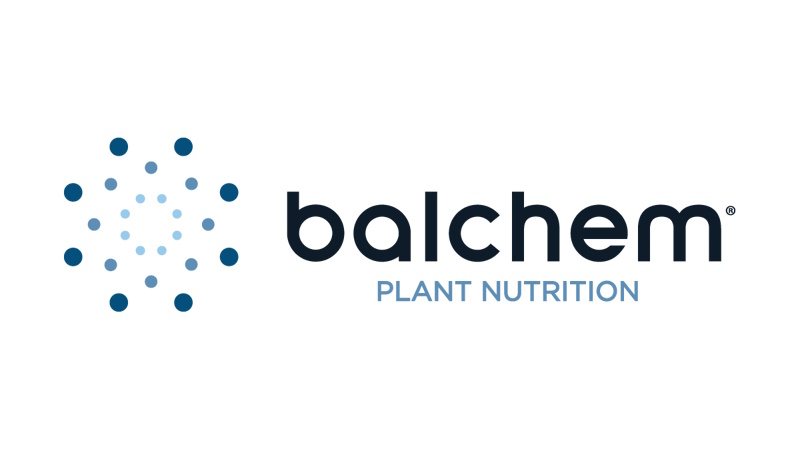What’s Being Done Now To Figure Out Blueberry Fruit Rot
A scientist at Michigan State University has received a $3.95 million grant from USDA’s National Institute of Food and Agriculture (NIFA) to develop strategies for implementing and maintaining effective management practices for blueberry fruit rot.
Timothy Miles, an Assistant Professor in MSU’s Department of Plant, Soil and Microbial Sciences, is leading a multi-institutional team of researchers in addressing ways to improve the quality of blueberries while limiting their loss before, during and after harvest.
The USDA-funded project, part of the USDA’s Specialty Crop Research Initiative, is called: “BLUE-DYNAMO: An Interactive Platform to Deliver Blueberry Disease and Horticultural Management Strategies for Fruit Rots.”
Blueberries are sometimes referred to as “little blue dynamos” due to their health benefits. In this case, “BLUE-DYNAMO” is an acronym that stands for, “Building the Latest Understanding in Extension — Disease Management that Yields New and Meaningful Outputs.”
Two of the most common fruit rot diseases that alter the quality and yield of blueberry crops in the U.S. are Anthracnose fruit rot and Botrytis fruit rot. AFR, also known as “ripe rot,” shows itself by wilting blueberries and producing spore masses that appear as orange speckles. Botrytis fruit rot typically occurs in cooler temperatures and presents as gray mold on blueberries and other crops.
While much is already known about these diseases through previously conducted studies, Miles says advances in technology and joint action among scientists from across the country will propel current knowledge forward and address stakeholder needs.
“What makes this research unique is that it’s a coordinated effort (from multiple institutions) to study fruit rot across the U.S., and in blueberries that hasn’t happened before on this large of a scale,” Miles says.
Objectives of the project include:
• Learning how management techniques impact the onset of fruit rot.
• Applying molecular tools to accelerate the time it takes to detect fungicide resistance in pathogens.
• Generating cultivar-specific fruit quality models to predict fruit vulnerability to rots, and using optical-imaging technology to filter and sort blueberries vulnerable to fruit rot.
• Providing efficient ways growers and field specialists can access information drawn from the conducted research.
To make findings and recommendations easily and widely available, a BLUE-DYNAMO website is being designed that’ll allow for materials to be uploaded for educational and outreach purposes.
“Anything we find using this grant — grower information, important publications and other resources related to fruit rot — will be in here,” Miles adds. “We may also build this into more than just information about fruit rot because it’s supposed to be a portal growers can use to gain knowledge on how to manage blueberry diseases.”
Along with studying pathogens and ways to manage them, scientists will create more refined models for pinpointing the ripeness in blueberries to prevent fruit rot from occurring in harvested berries. New imaging technology will also be tested to noninvasively screen blueberries for disease as they’re sorted.
For more, continue reading at canr.msu.edu.









